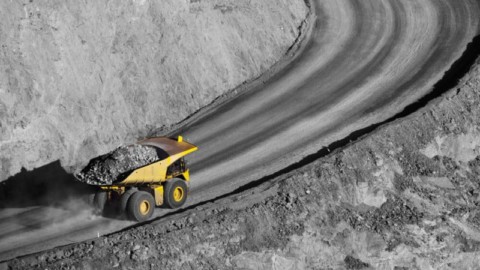Vibration caused by imbalance in rotating machinery, including pumps, is an important engineering problem. It is generally agreed that balancing the rotating components of a centrifugal pump is critical, especially after a coating or repair, even a minor one. It should be a high priority when a centrifugal pump is being overhauled.
Because excessive vibrations are generally the outcome of a system malfunction, reducing rotor vibrations generally increases the service life of the rotating machinery. Increased vibration levels generally indicate a premature failure, which means that the equipment has started to destroy itself. Generally higher amplitude vibration levels are indicative of faults developing in mechanical equipment. It is expected that all pumps will have some vibration due to turbulent liquid flow, pressure pulsations, cavitations, or pump wear. The magnitude of this vibration will be amplified if the vibration frequency approaches the resonant frequency of the pump, foundation or piping components.
The sources of vibration in centrifugal pumps can be generally categorised into three types: mechanical, hydraulic, and peripheral causes.
Mechanical causes can include unbalanced rotating components, damaged impellers, non-concentric shafts or sleeves, thermal growth, worn or loose bearings, drive misalignment, erosion and corrosion, damaged or rubbing parts, pipe strain, or inadequate foundations.
Hydraulic causes of vibrations can include internal recirculation, turbulence in the system, air entrapment, water hammer, product vaporisation, or operating the pump at other than the best efficiency point.
Peripheral causes may include the impeller vane running too close to the pump, operating the pump at a critical speed, harmonic vibration from nearby equipment, or temporary seizing of seal faces if you are pumping a non-lubricating fluid.
It is critical to reduce vibration in centrifugal pumps because this has a major effect on the performance. Pump reliability is a critical factor for commercial and industrial facilities to reduce their maintenance costs and unscheduled downtime, while increasing the equipment return on investment.
Precision Balancing has been offering in-house and on-site dynamic balancing and vibration analysis services since 1989 and has the equipment, skills and experience to satisfy your industrial balancing requirements. Precision Balancing strictly adheres to the requirements of the relevant ISO standard, and all jobs are tracked through its system and are issued with a certificate of compliance.
For more information on industrial balancing services and standards visit www.precisionbalancing.com.au













